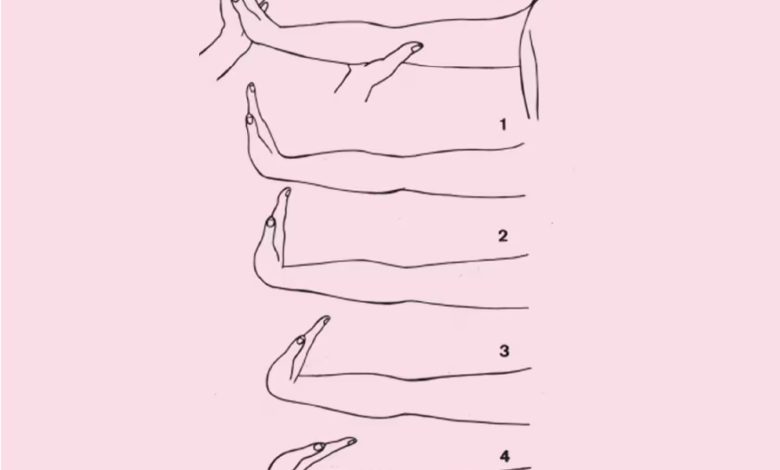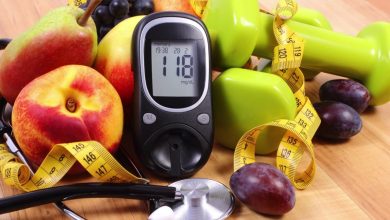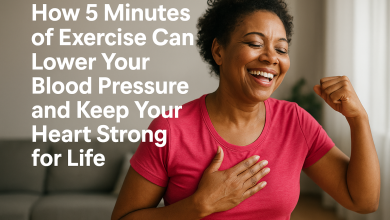5 stretches to test your flexibility. (It may help you live longer.)
Take this short ‘Flexitest’ to see how flexible your body is. Research shows people with the stiffest joints are more likely to die prematurely.

The first large-scale research of the relationship between flexibility and mortality found that those with flexible bodies are likely to live longer than those with tight, inflexible joints.
3,139 men and women between the ages of 46 and 65 who took the Flexitest, an assessment of general flexibility, participated in the study.
They were observed by researchers for almost ten years. They discovered that those with the stiffest joints had a significantly higher risk of dying young compared to those with more flexible joints, especially women.
Claudio Gil S. Araujo, the study’s primary author and head of research and education at Clinimex, an exercise medicine clinic in Rio de Janeiro where the data was gathered, stated, “We have very much undervalued flexibility.”
According to Araujo, our flexibility—which is the range of motion in our joints—peaks at the age of barely a year old and is influenced by both genetics and lifestyle. Araujo stated, “From then on, it’s downhill,” with the decrease quickening during middle age, injuries, or protracted periods of inactivity.
According to Araujo, tight arteries, high blood pressure, and early heart disease are just a few of the potentially dangerous underlying illnesses that can be exterior markers of inflexibility and impact our ability to move.
The majority of us should take a moment to reflect on our present level of flexibility in light of the new study’s findings.
Five stretches to test your flexibility
Are you willing to share your flexibility? Five easy stretches can provide you a quick, basic snapshot; together as a whole, they offer a representative sampling from the entire Flexitest that the study references. Here’s how to complete the exam.
- Find a companion to help you achieve the complete range of mobility in each joint with mild assistance.
- Starting with the image of the wrist test at the top, try the stretches shown in the five photographs in this article. Next, assess your shoulder, hips, ankles, and knees. There is no significant significance to the testing order.
- When a manoeuvre becomes too difficult, stop.
- Depending on how closely your personal stretch resembles the positions in each picture, assign yourself a score between zero and four. The average is two. Scores below two indicate your joint is rigid, however a zero is not abnormal, according to Araujo. Apart from gymnasts, fours are uncommon.
How to improve your flexibility
Many people are discouraged from engaging in physical activity because of stiff joints. Everyday life can also be impacted by them. If your back is so tight, it becomes difficult to even bend down and tie your shoes, according to Araujo.
Though it takes work, you can increase your flexibility if your outcomes appear poor or you have a sneaking suspicion that your body is too stiff.
Araujo advises stretching and strengthening different joints and muscles on a regular basis, even or especially when working at a desk.
- For example, when you are seated, cross one foot over the top of your opposite knee to concentrate on your knee joint. Roll your elevated ankle through its whole range of motion. Keep going for about a minute.
- As if reaching for an impenetrable itch, extend one arm behind your head as far as it will go towards your opposing shoulder. Give it one more minute.
- Extend your elbow and shoulder by reaching straight up towards the ceiling.
- Exit the chair, face it again, and plant one foot on the seat to engage your ankle, lower back, and knees.
- Several repetitions of these movements during the day might aid in the reduction of stiffness.
Studies have shown that activities like yoga, tai chi, swimming, and even walking help people of all ages become more flexible. We may become more flexible by going to the gym since robust, healthy muscles support and shield joints. In a June study, researchers discovered that eight weeks of weight training increased hip and lower back strength and enhanced people’s joint range of motion by an equal amount as eight weeks of consistent, regular stretching.
However, practically any regular exercise should help us become and remain relatively flexible, according to David Behm, a Memorial University of Newfoundland professor and co-author of the study on weight training. (He did not participate in the mortality study.)
Flexibility influences life span, especially for women
The researchers examined mortality records in Brazil for roughly 13 years following the time that participants took the Flexitest at the clinic in order to compare the relationship between flexibility scores and life span. They wanted to investigate how flexibility had affected people’s longevity and health but not their misfortunes, so they restricted their search to deaths from natural causes like heart disease rather than accidents.
“As this wasn’t a problem that had been studied previously, we weren’t sure what we’d find,” Araujo stated. “But it was evident that there were correlations.”
The study’s female participants showed the strongest connections. Even after researchers adjusted for age, body mass index, and overall health, the results showed that women with the lowest Flexitest scores were around five times more likely to pass away before their time.
When men’s joints were stiffer than when they were more flexible, their chance of dying young was nearly doubled.
According to Araujo, there is a significant difference in general flexibility between men and women, which may contribute to the gender gap. In general, women exhibited almost 35% greater flexibility than men. As a result, women with the lowest flexibility scores were more unusual than men with similar scores, which may have contributed to the women’s higher chance of dying young.




